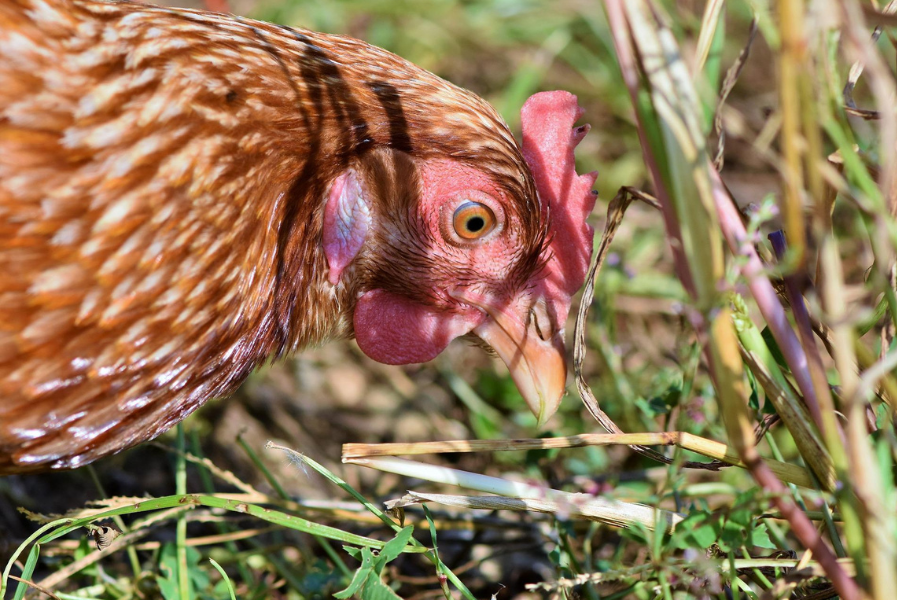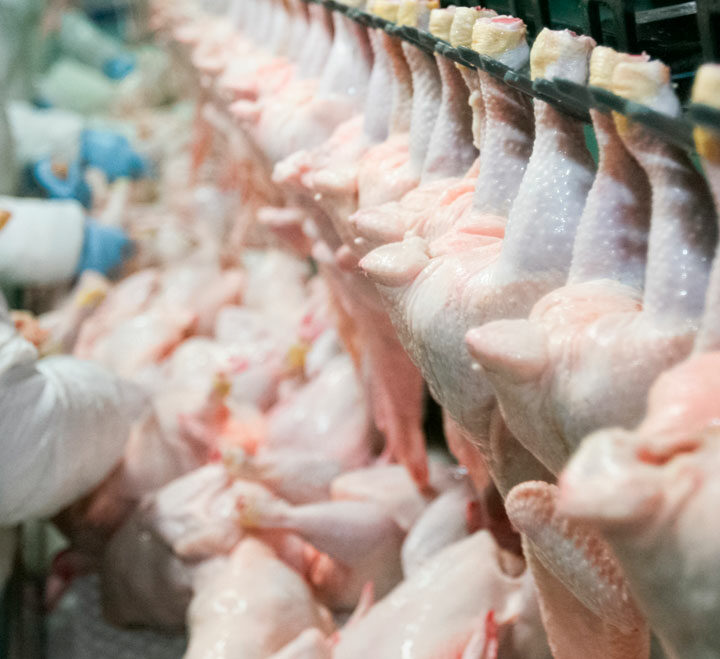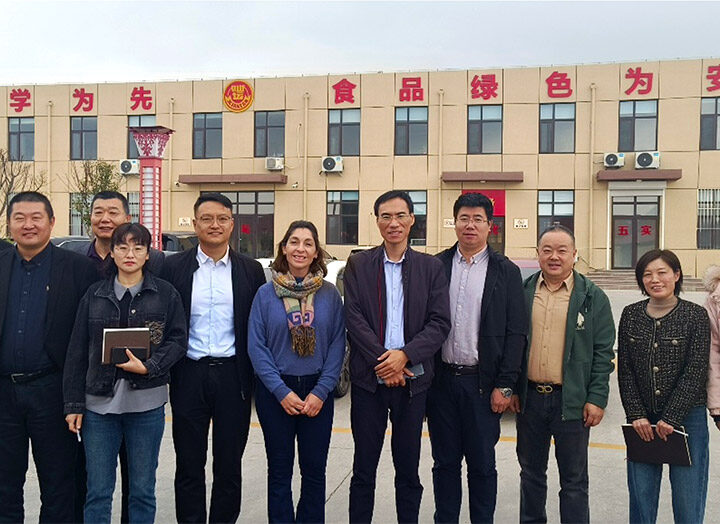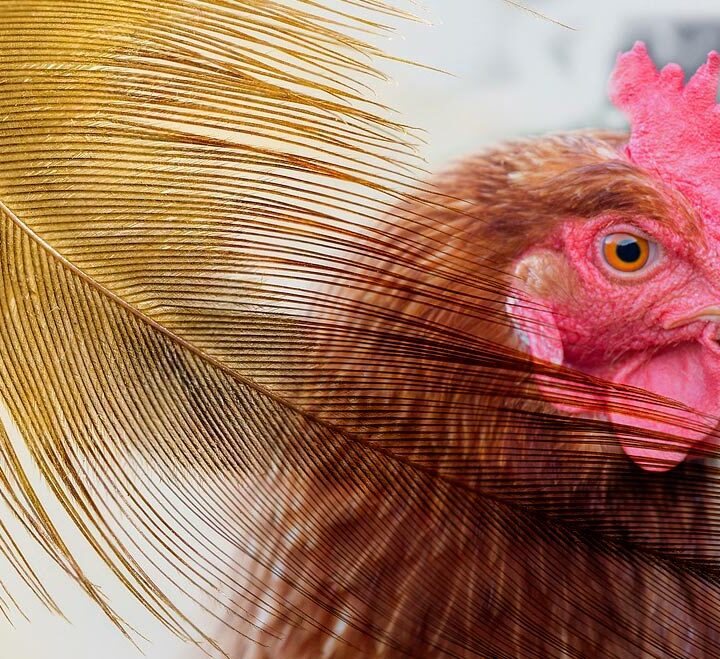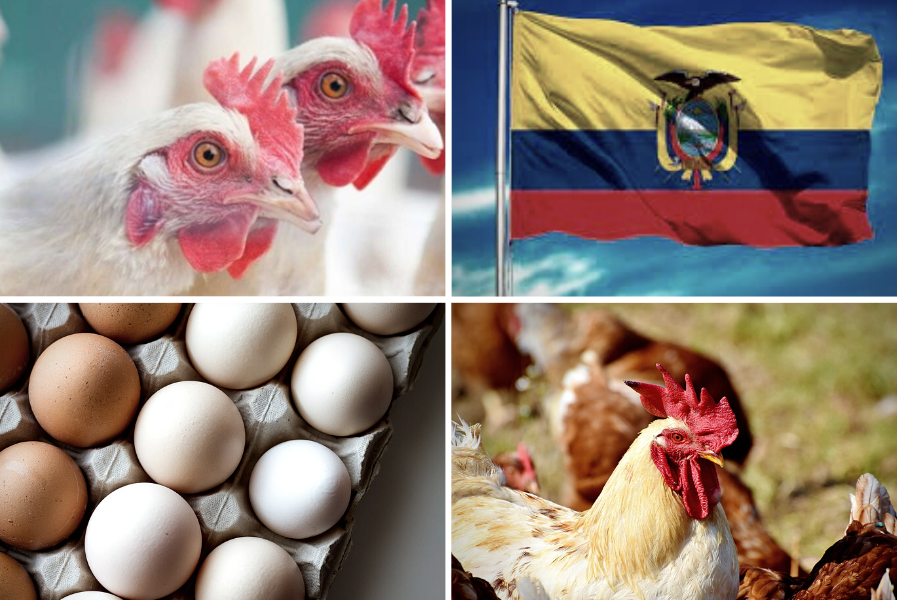
Poultry production in Ecuador
21 de June de 2022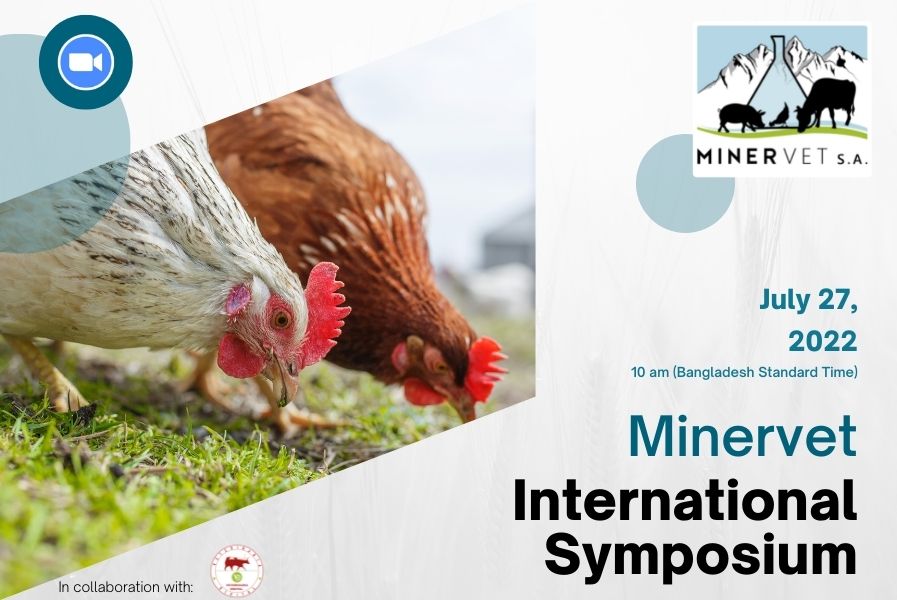
III Minervet International Symposium
28 de June de 2022For the field veterinarian, the correct performance of necropsies is a fundamental tool in the search for the diagnosis of possible pathologies that affect the batch of birds in production.
Necropsy in veterinary medicine is defined as the rapid, orderly and systematic dissection for the review of a corpse by apparatus and systems with the aim of detecting macroscopic lesions in the tissues.
Certain precautions must be taken since a badly done necropsy cannot be redone! So, it is recommended:
- Realization immediately after death, reducing the presence of post-mortem alterations such as autolysis, putrefaction, hemoglobin imbibition, hypostatic congestion, among others.
- Complete set of instruments and sample collection, especially scissors that cut well.
- Representative sample of birds at necropsy, since those that do not present specific symptoms are asymptomatic. In addition, in intensive systems there is a rapid spread of diseases.
- Prior information on legal problems, since a request for a veterinary necropsy may be related to legal and criminal procedures.
- Use of personal protection elements as a basic biosafety standard. Don’t forget about zoonoses.
- Respect the same autopsy routine, in an orderly, systematic, precise and complete manner, capturing alterations from the outside to the inside and by systems.
- Defined sampling, including portion of altered and normal tissue. In the case of birds, it can send a complete organ to the laboratory due to its small size.
- Photographic record, it is proof of what was observed. Having a camera available (digital or from our mobile) allows the event to be recorded and is scientific information of great value.
- Necessary supply of light, whether natural or artificial, so that the acting professional can recognize types of tissues, their lesions, coloration, texture, etc. The correct lighting also influences the photographs, the flash can modify the image by brightening or clarifying structures, differing the image from the real one.
- Description with maximum detail of what was observed. It is necessary to know the anatomy and physiology to recognize the alterations when we observe them. Successive practice makes the professional eye.
- Minimum number of people participating, to avoid changes in the work routine and loss of valuable information.
Author: Dr. Evangelina Zarate

